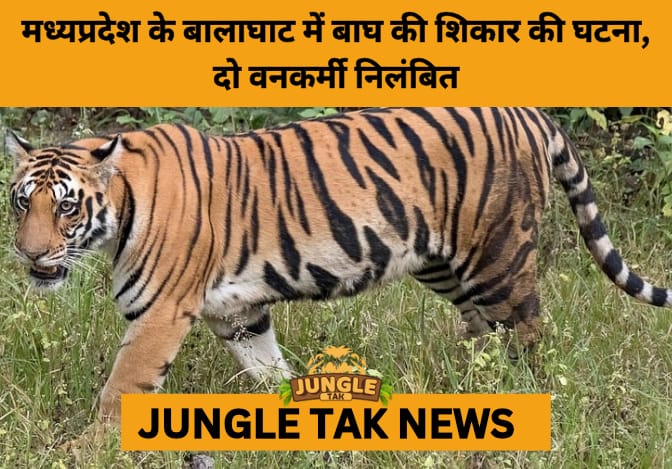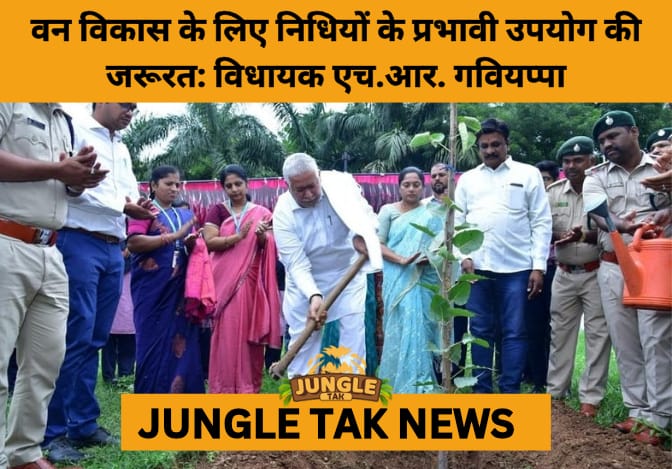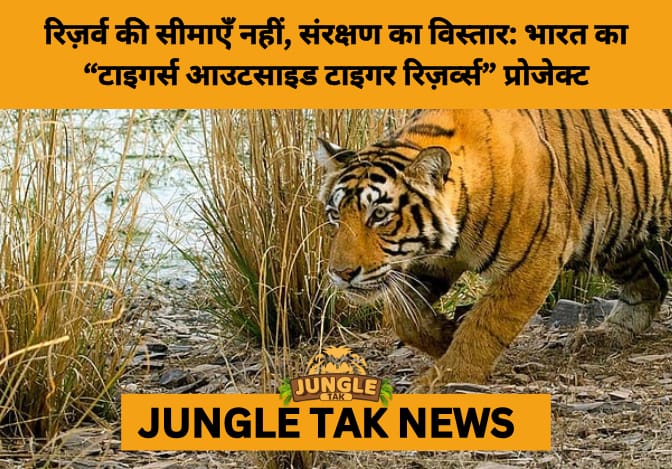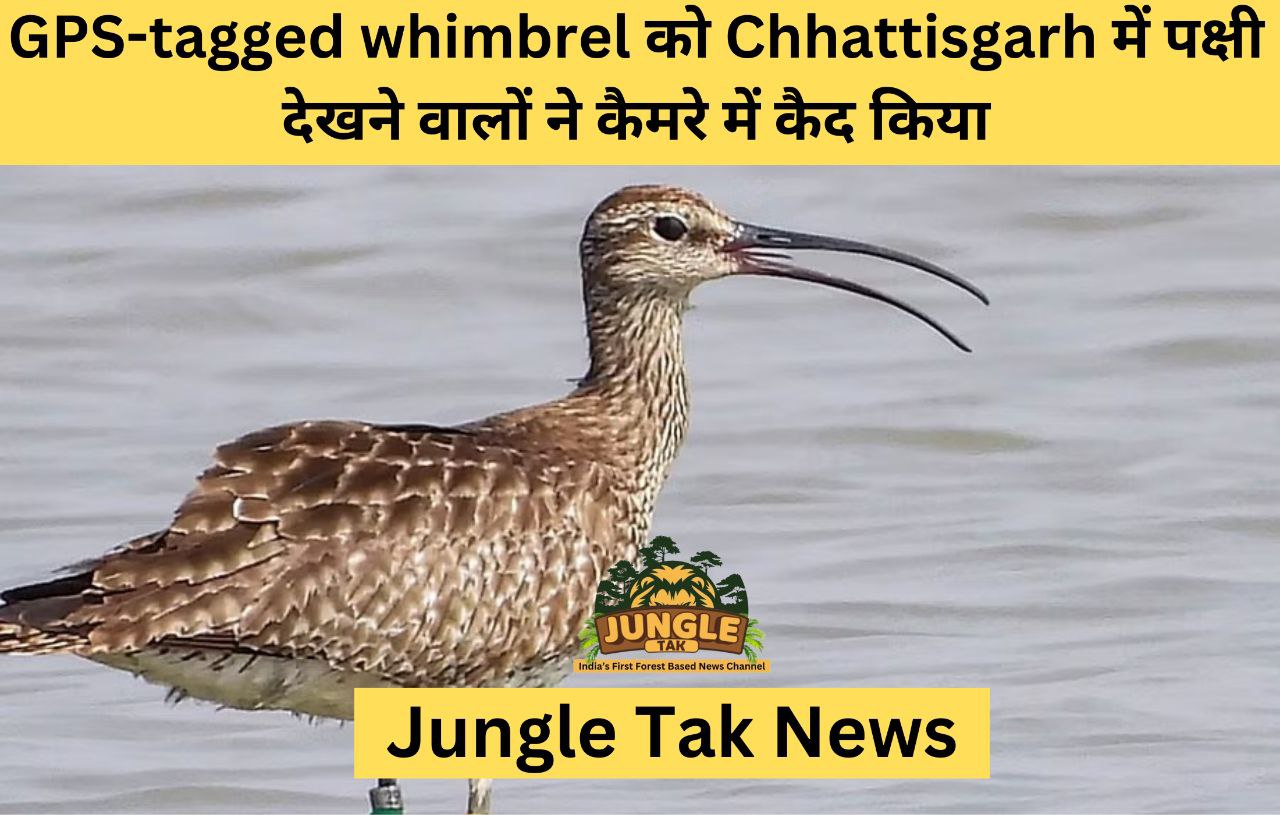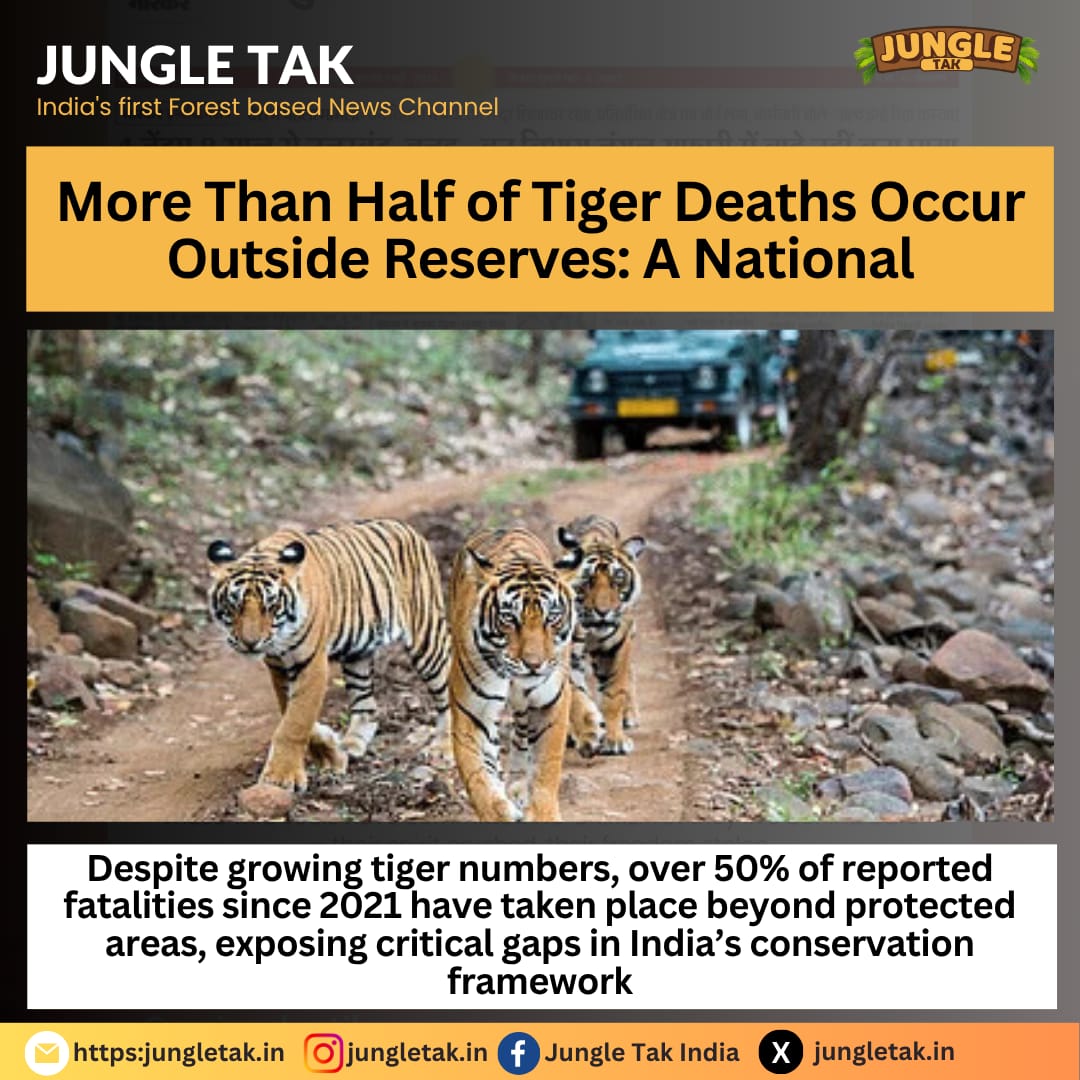Wildlife Board to Take First Call on Project Clearances in Protected Areas: MoEFCC
In a significant policy shift, the Ministry of Environment, Forest and Climate Change (MoEFCC) announced that the Wildlife Board will now have the primary authority to grant clearances for projects within protected areas. This decision underscores the government’s commitment to prioritizing wildlife conservation in the face of increasing developmental activities.
The move aims to ensure that any developmental projects proposed in protected areas undergo rigorous scrutiny to safeguard wildlife and their habitats. The Wildlife Board, composed of experts in ecology, wildlife, and environmental sciences, will be responsible for evaluating the potential impacts of these projects on biodiversity.
According to a senior MoEFCC official, this policy change is designed to enhance the protection of critical habitats and prevent any irreversible damage to ecosystems. “By involving the Wildlife Board at the initial stage, we aim to integrate conservation priorities into the planning and execution of projects,” the official stated.
This new protocol requires project proponents to submit detailed Environmental Impact Assessments (EIA) and wildlife conservation plans to the Wildlife Board for review. The Board’s recommendations will be crucial in deciding whether a project can proceed or needs modifications to mitigate its impact on the environment.
Environmentalists and wildlife conservationists have welcomed this decision, seeing it as a positive step towards more responsible and sustainable development. They believe that this measure will help balance development needs with the imperative of preserving India’s rich biodiversity.
However, some industry representatives have expressed concerns about potential delays in project approvals. They have urged the MoEFCC to streamline the process to avoid significant bottlenecks while ensuring environmental safeguards.
The implementation of this policy will be closely watched by various stakeholders, including local communities, environmental organizations, and developers. It marks a critical development in India’s approach to managing the delicate balance between development and conservation.
Source: Hindustan Times




















